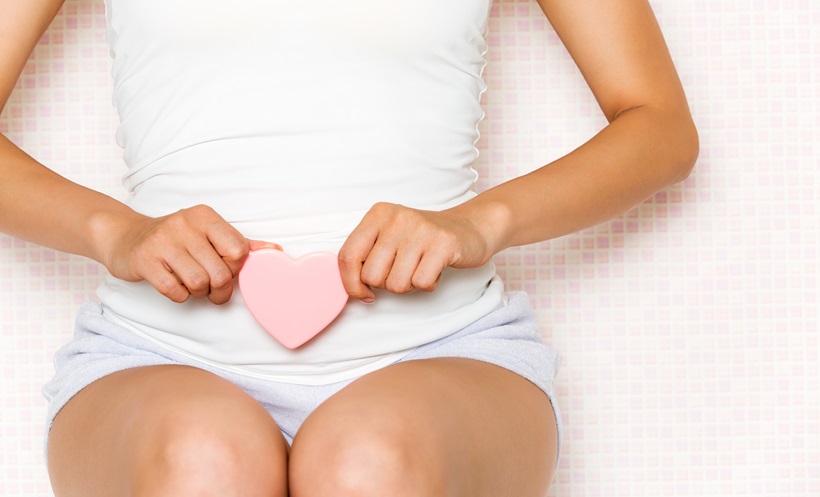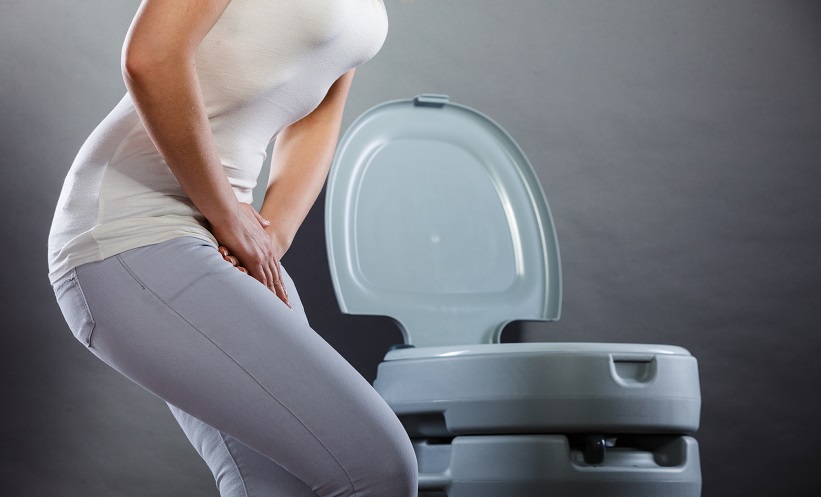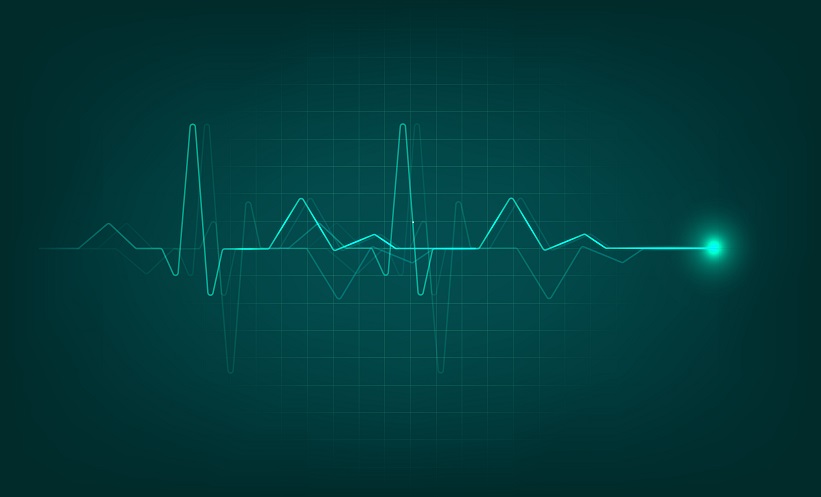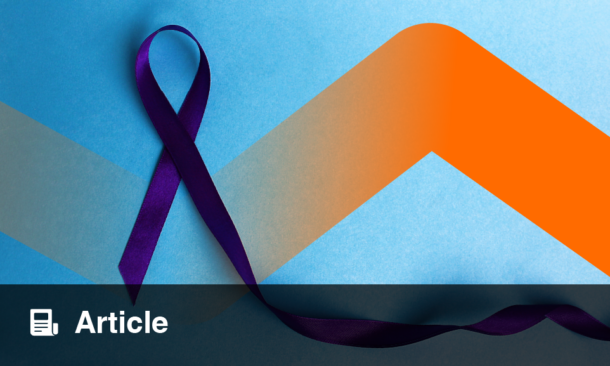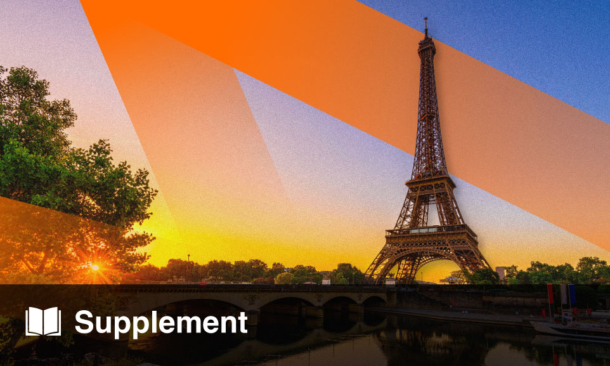BOTULINUM toxin (botox) injections provide greater symptom relief for women who are overweight and obese with refractory overactive bladder (OAB) compared to pharmaceutical therapy, a new study has found.
OAB is a common condition characterised by urinary urgency, increased frequency, and nocturia, significantly impacting quality of life. Diagnosis is based on symptoms in the absence of infection, with prevalence increasing with age and menopause. Obesity has been identified as a key risk factor, with studies linking higher BMI to more severe symptoms and increased urgency incontinence episodes. Despite this association, the impact of weight on treatment response has been unclear. A study aimed to evaluate the effectiveness of different treatment approaches in women with refractory OAB based on BMI classification.
A cross-sectional study conducted from January 2023–October 2024 at a tertiary care hospital included 197 women diagnosed with refractory OAB. Participants were stratified into normal weight, overweight, and obese groups based on BMI and received either combination pharmaceutical therapy or botox injections. Treatment outcomes were assessed using the Overactive Bladder Symptom Score (OABSS) and quality of life questionnaires at baseline and 12 weeks post-treatment.
Results showed that women in the normal-weight category experienced significant symptom improvement and quality of life enhancements with both pharmaceutical therapy and botox injections. However, women who were overweight and obese demonstrated limited response to pharmaceutical therapy but responded significantly better to botox injections. These findings suggest that treatment efficacy is influenced by BMI, highlighting the need for a more tailored approach. For clinical practice, this study underscores the importance of considering BMI when selecting treatment for refractory OAB.
Jenna Lorge, EMJ
Reference
Liu PE et al. Impact of body mass index on the efficacy of treatment modalities in women with refractory overactive bladder. Sci Rep. 2024:DOI:10.1038/s41598-024-81795-z.

